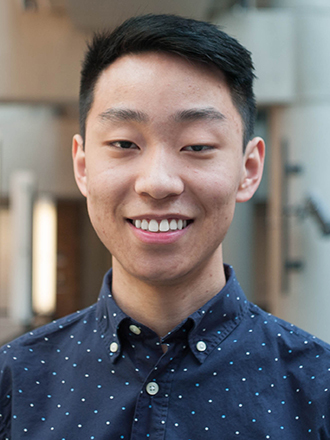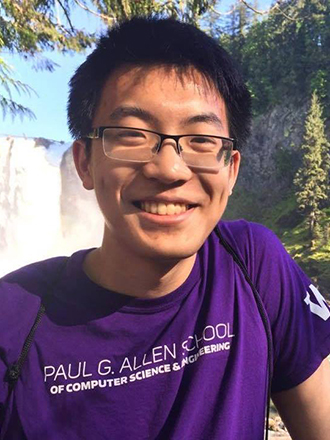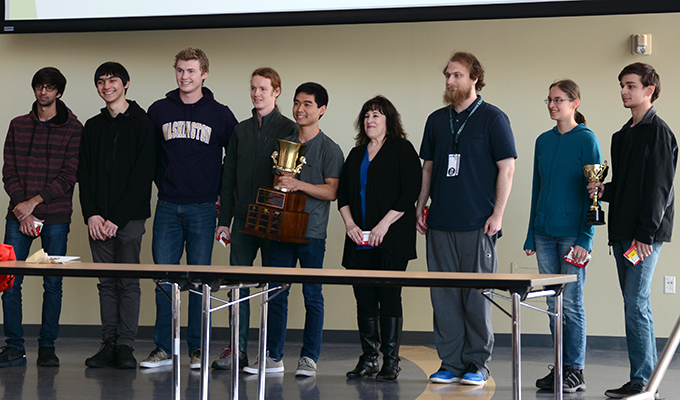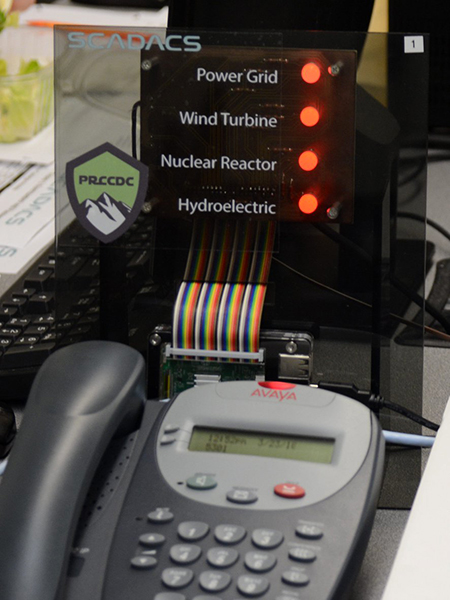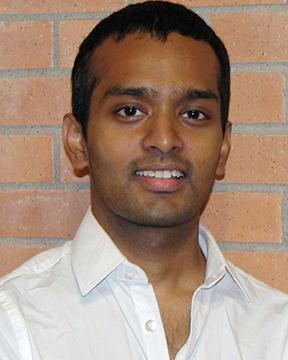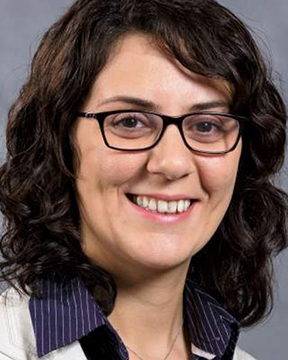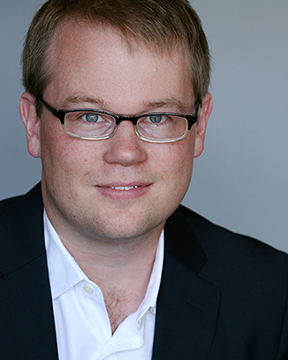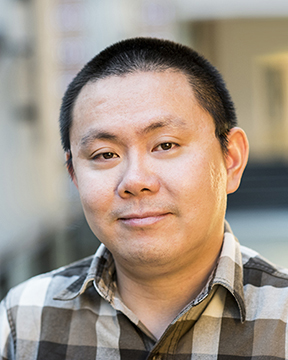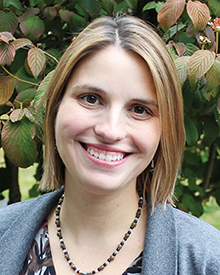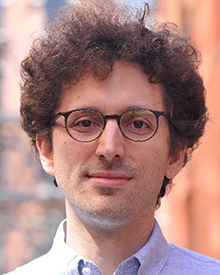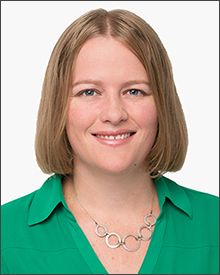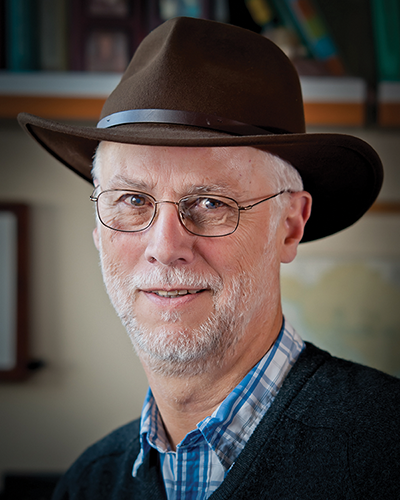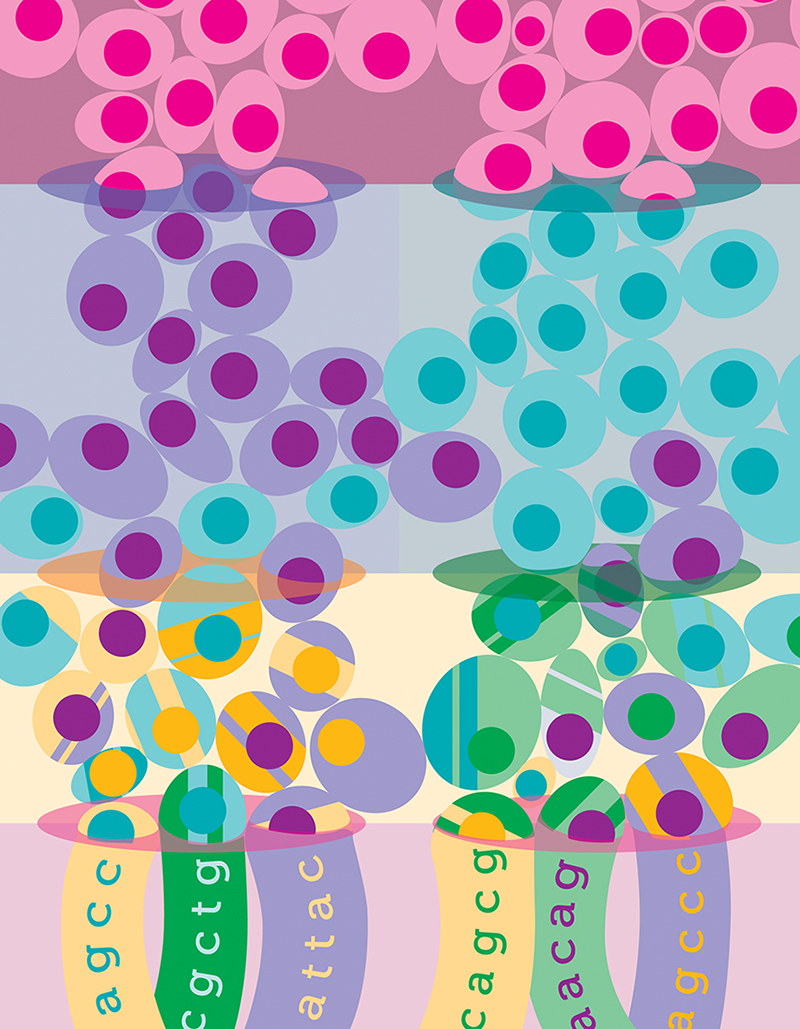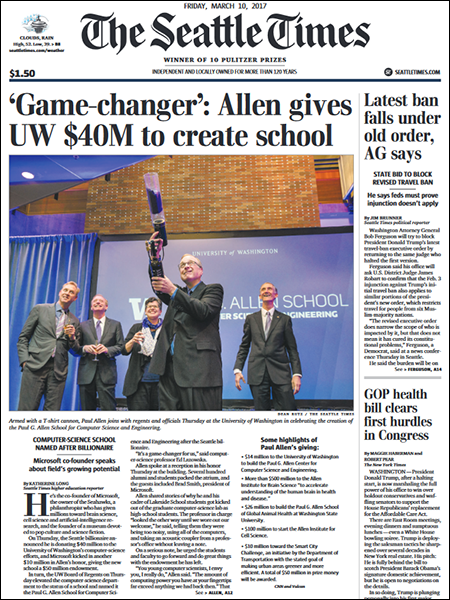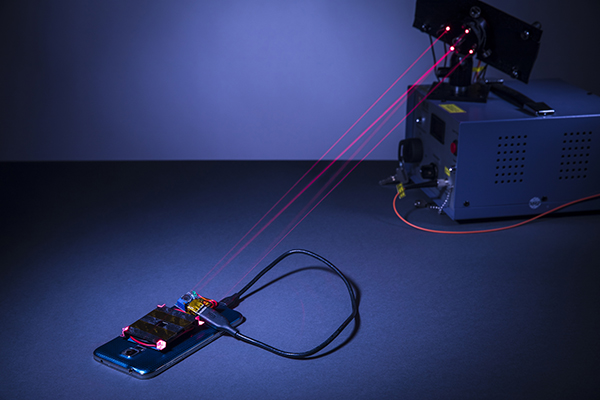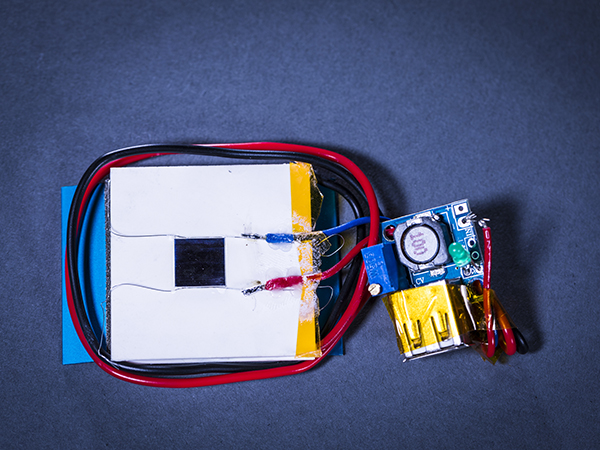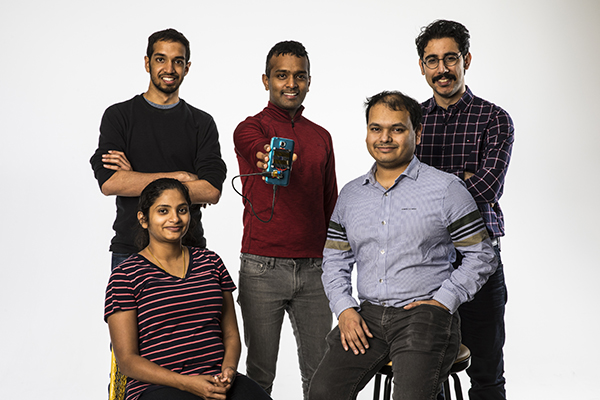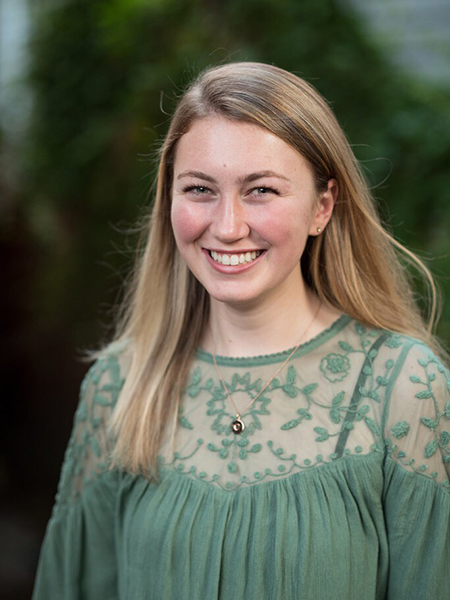 An avid runner, reader, writer, crafter, and scholar — computer science major Christine Betts exemplifies the creativity and academic excellence that are the hallmarks of Allen School students. She also embodies a commitment to service: she has embraced the role of peer adviser, eager to help her fellow CSE students succeed, and also volunteers her time and talents working with kids through non-profit organizations such as Big Brothers Big Sisters.
An avid runner, reader, writer, crafter, and scholar — computer science major Christine Betts exemplifies the creativity and academic excellence that are the hallmarks of Allen School students. She also embodies a commitment to service: she has embraced the role of peer adviser, eager to help her fellow CSE students succeed, and also volunteers her time and talents working with kids through non-profit organizations such as Big Brothers Big Sisters.
Betts’ achievements have not gone unnoticed in the local community. Last month, she received the inaugural Allen AI Outstanding Engineer Scholarship from the Allen Institute for Artificial Intelligence and was featured in GeekWire’s Geek of the Week. Between her studies, her extracurricular activities, and her volunteer work, Betts is keeping busy these days. She recently slowed down long enough to share her thoughts with us for the latest edition of the Allen School’s Undergraduate Spotlight — including how coming from a position of privilege inspires her to be a geek who gives back.
Allen School: What are some of your favorite things about being an Allen School student?
Christine Betts: There are so many awesome things about studying CSE. I’ve already been able to get exposure to teaching, research, advising, and some really interesting parts of computer science. I think what I’m most amazed by is how approachable and kind the people I’ve gotten to work with are. For example, the Ph.D. student I’ve been doing research with in the Molecular Information Systems Lab, Max Willsey, is patient and excellent at explaining things. He’s just one example of the many passionate people I’ve had the chance to learn from in the Allen School.
I’m grateful for not only the material I’ve learned, but the forethought with which it’s been taught, as well. It’s so cool to have dipped my toes in many different realms as an undergrad, and I’ve gained much more than CS knowledge through these experiences! I try to be cautious about deeming anything as “meant to be,” because I think that mentality can be dangerous when bad things happen, but after following a really bizarre path to get here, I couldn’t be more grateful to have discovered my inclination towards algorithmic thinking and absolute love of programming. As weird as it is to be a Missourian who took a gap year in the other Washington — DC, that is — here at UW, I feel so incredibly lucky for the things that felt negative at the time, but which led me into STEM even though I previously never saw myself in this field.
Allen School: You recently received the very first AI2 Oustanding Engineer Scholarship. That must be exciting. What impact will this scholarship have on you and your plans for the future?
CB: Holy cow, am I excited! I still can’t really believe it. The scholarship means a ton for my family and me, and the opportunity to intern with AI2 is incredible. I think this scholarship says so much about AI2 as an institution; increasing the voices being heard in tech is about even more than providing financial support, and I think AI2 really recognizes that. I’m beyond excited for this fall and the chance to receive mentorship, learn a ton, and to get a feel for working with a smaller organization.
I’m particularly looking forward to seeing AI in practice and will hopefully have lots of resources to figure out what I want to do after I graduate. Grad school? Research? Industry? I heard Oren Etzioni’s TEDxSeattle talk last year and was inspired and impressed by his message about the problems in the assumptions we make about an AI-controlled future. It really got me thinking about the things that make us human and are hard to replicate. I’ve always been interested in human behavior and cognition, so I’m sure during my internship at AI2 I’ll get all kinds of intellectual stimulation! I feel so much gratitude for this scholarship, and I hope to be able to share the knowledge and opportunities that come from this with other young women.
Allen School: You’ve also joined the ranks of Allen School peer advisers. What does that mean to you?
CB: I’m absolutely stoked to be a new peer adviser! I feel lucky to have had so many opportunities myself as a student, such as the chance to do research as an undergrad. I can’t wait to help others create game plans for their own success regardless of their major or background!
Allen School: Who or what have you found most inspiring during your time here?
CB: I’ve been sitting in on advising appointments and have been really inspired by the advising team; they all have so much compassion and empathy. I think they really reflect the prevailing vibe of the school, where people are accessible, interesting, and excited about CSE. This quarter, I’ve also been attending the Change seminar, which is a weekly presentation and discussion about a topic that pulls together technology and global development. The seminar has been a great reminder of all the meaningful applications of the skills I’m acquiring in my classes. It’s easy to get caught up in free food, cushy jobs, and the latest stories featured in MIT Tech Review. But at the end of the day, when I graduate I’ll have something to offer that can make the world a better place, and I feel I have an obligation to strive for that given how many opportunities I’ve had.
Finally, my peers never fail to inspire me! I’ve made so many great friends within the Allen School community that I think I’ve become an extrovert. I’m amazed by how hard everyone works, but also by my classmates who have the innate desire to invest in other people.
Allen School: It sounds like you stay pretty busy within CSE, but what do you like to do outside of the classrooms and labs?
CB: I love to build things, so I’m drawn to kinetic and creative endeavors like weaving, sewing, knitting, and physical computing. I especially love the intersection of CS and those other types of creative activities; I’m currently working on a project for an English class that’s a woven data visualization about the portrayal of women in the hero’s journey. It’s rooted in The Odyssey, where Penelope is weaving and unweaving Odysseus’ burial shroud while waiting for him to return. (The statement is that I’ll finish the weaving, thereby pushing against a patriarchal structure while still working within it.) I also love to read — mostly poetry and non-fiction books — and listen to podcasts. I used to do other creative and personal projects, including calligraphy and writing about things I think about a lot, but I’ve learned that sometimes we have to lose little parts of ourselves if we want to really grow in other areas. For now, at least, the tradeoff is worth it.
I also love to run and enjoy long-distance activities. I’ve done a triathlon, ridden my bike across Iowa, completed a century (a 100-mile bike ride), and, most recently, run a marathon with my buddy, Olga. I hope to one day do a half Ironman; the hardest part will definitely be finishing the swim before the cutoff time, because I’m a super-slow swimmer!
Allen School: You are very service-oriented. How have the opportunities you’ve enjoyed influenced how you approach your volunteer work?
CB: I’m really interested in the larger dynamics of American society and the role I play as someone with a lot of privilege. I don’t come from anything close to a private-school, “coastal elite” type of background, but I am aware of the inequities that exist and the biases that positively affect my outcomes as a straight cis white woman.
A few years ago, I saw an interview with Killer Mike from Run the Jewels in which he discussed how well-educated white folks should spend time mentoring children who might not have the same access, but have a lot of potential — not to “feel good about ourselves,” but to recognize the benefits that come with one’s identity and to try to improve outcomes for those who don’t share that identity. While I was living in Washington, DC, I was a Girls on the Run coach, which I absolutely loved. Since moving to Seattle, I’ve been a Big Sister for a young woman in East Bellevue. I’ve gotten a lot out of my time with my “Little,” and her wit and curiosity are a constant reminder of how important it is to encourage and support success in everyone — not only those who come from the most well-educated or wealthy families.
Christine is clearly going the extra mile inside and outside of the classroom. Thanks, Christine, for being an exemplary member of the Allen School community!
Read more →
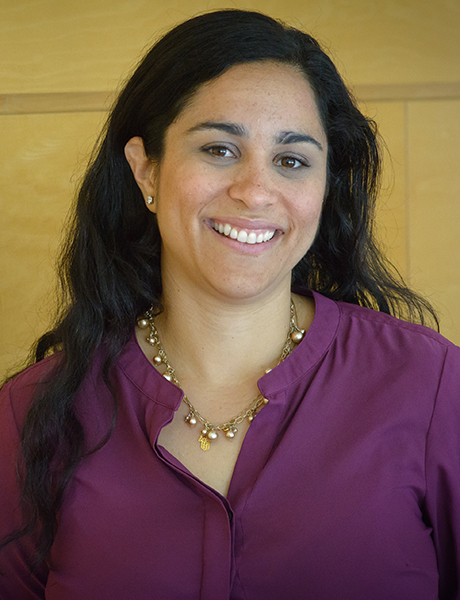 Laura Pina, a postdoctoral research associate in the Allen School and Human Centered Design & Engineering, was recognized this week with the 2018 Postdoc Mentoring Award from the University of Washington Graduate School. This annual award honors the vital contributions of postdocs in educating, inspiring, and guiding student researchers.
Laura Pina, a postdoctoral research associate in the Allen School and Human Centered Design & Engineering, was recognized this week with the 2018 Postdoc Mentoring Award from the University of Washington Graduate School. This annual award honors the vital contributions of postdocs in educating, inspiring, and guiding student researchers.


